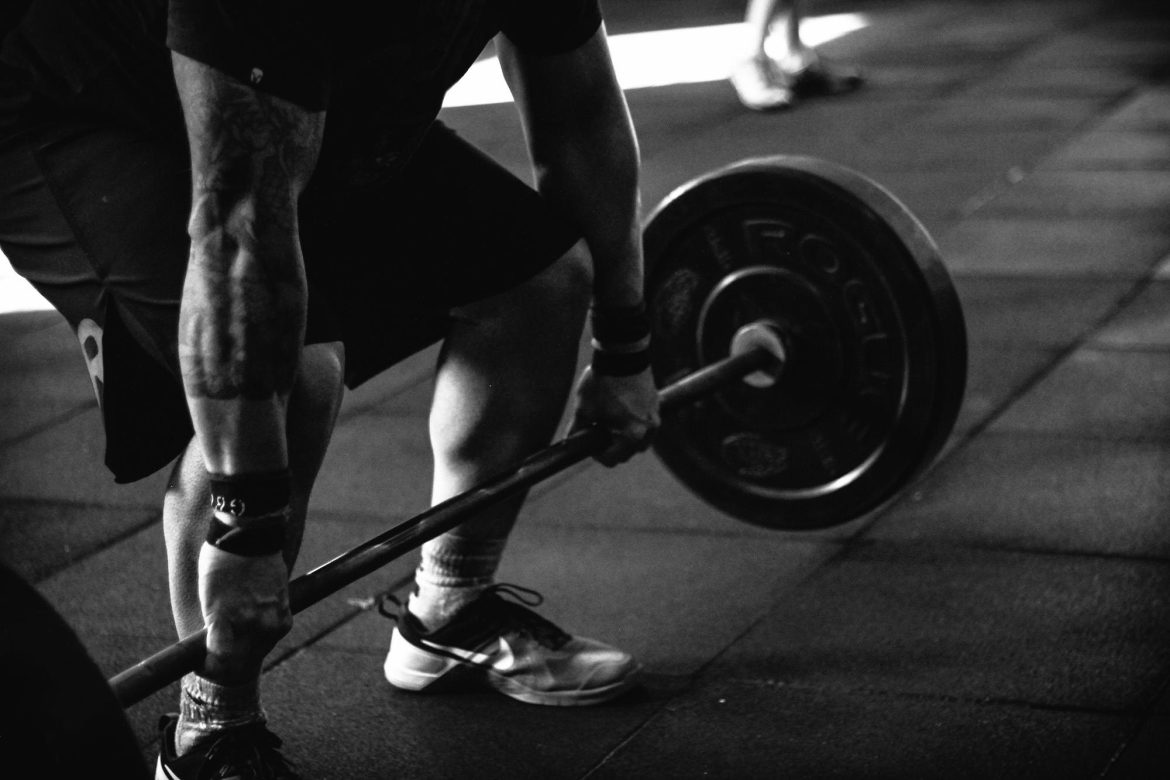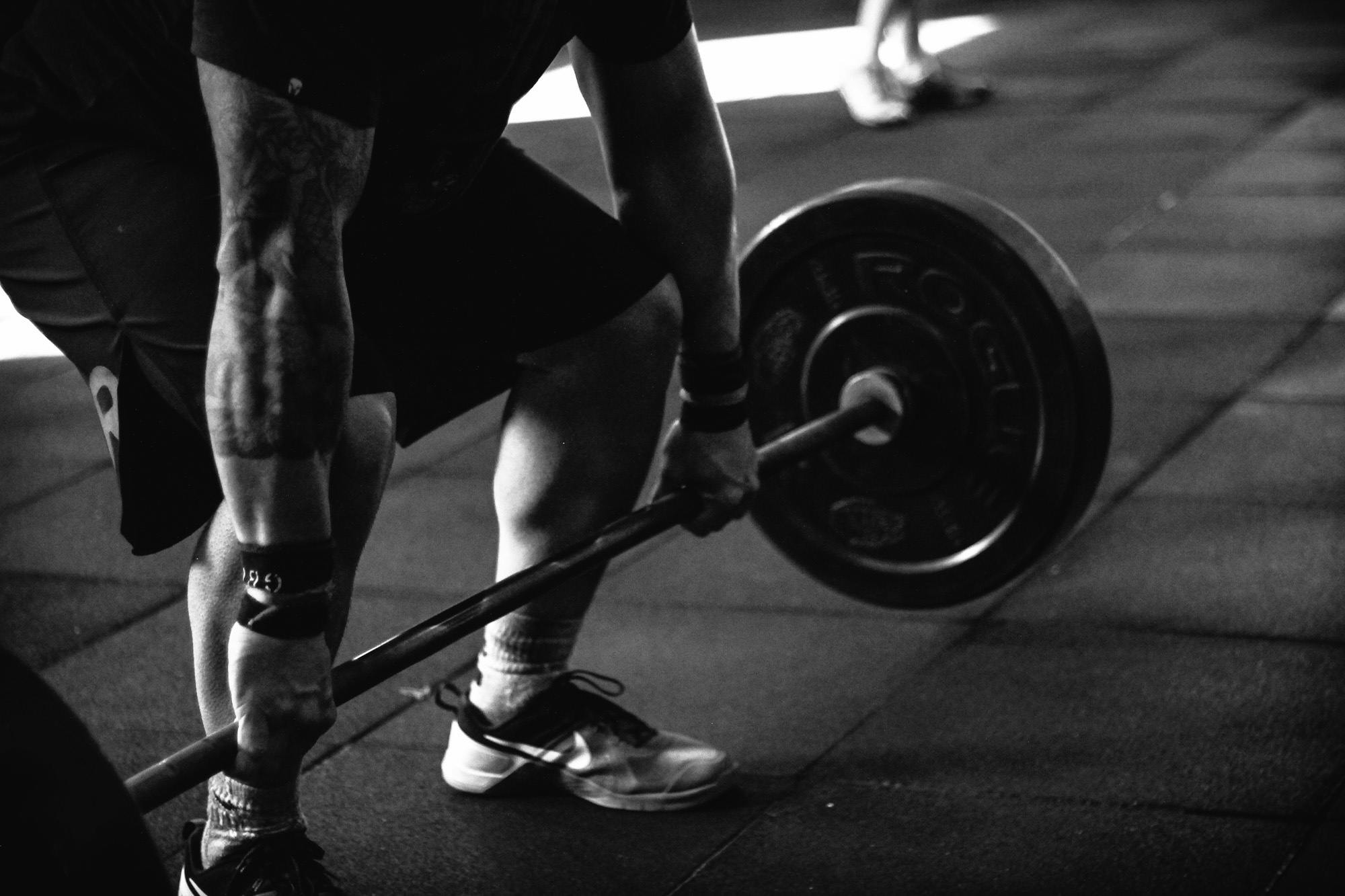The human body is a marvel of engineering, and its complexity allows us to make swift and sudden movements at one point while staying completely still just a few seconds later. We do most things intuitively, without thinking too much about it or even sometimes planning it. Our nervous system takes up the signals to the brain, the brain gives the command, and muscle contractions allow us to lift, jump, sprint, run, or walk within seconds of deciding so. However, from time to time, injuries happen, and our body is telling us it’s time to slow down and recover. Thankfully, physiotherapy and the science behind it allow us to make a full recovery with ease. In the text below, we’ll discuss why and how physiotherapy works and how it is crucial in proper muscle recovery!
Understanding Muscular Physiology
A deeper understanding of muscular physiology is the key to tailoring a proper therapy for muscle recovery. We cannot treat the illness without knowing the cause or even why a sickness is happening in the first place. Physiotherapists are knowledgeable and grasp the mechanisms of the body’s muscular working and how an injury can be prevented or healed once it happens.
A physiotherapist will tell you if you need relaxation and how long the muscle repair process might take. This is because physiotherapy is based on science-backed facts about the body’s anatomy and the inner workings of muscles, bones, tendons, and ligaments. So, physiotherapists implement a detailed understanding of the body’s physiology while making personalized treatment plans for patients.
Application of Evidence-Based Techniques
The last sentence of the previous statement brings us to our next point: evidence-based knowledge. Many might confuse physiotherapy with a lot of alternative medicine-based methods that often rely on traditional knowledge or ancient techniques and are not 100% science-proofed. Physiotherapy is a branch of medicine and relies on research that has been conducted throughout the decades. It’s been aiding professional and recreational athletes on their path to recovery. As a professional Physiotherapist Brisbane area explains, modalities such as manual therapy, exercise prescription, electrotherapy, physio-form group exercise, and even breathing pattern exercise are selected based on the injury itself. These methods have proven beneficial for the majority of patients, making them statistical wonders and real breakthroughs.
Manual Therapy for Tissue Repair
We’ve all had a massage at one point, or maybe a stretching exercise but what we didn’t know is these are proven therapies for proper tissue recovery. Joint mobilization and massages have long been practiced and are a staple of physiotherapy as they alleviate muscle tension, improve blood circulation, and break down scar tissue. All these facilitate the repair of muscle tissue and allow for the proper distribution of stem cells for a better recovery of the whole body.
The gold standard for massages is usually 60-minute massages for the whole body, making sure there is proper distribution of oxygen to each muscle and therefore allowing for the faster recovery of those muscles. Even 30-minute massages have a tremendous and positive effect on muscle recovery.
Exercise Prescriptions
Physiotherapy offers exercise models for the sole purpose of strengthening the whole body, activating muscles, and making sure these muscles are playing a role in recovery from sciatic nerve damage, herniated disks or ligaments, and joint problems. Physiotherapy incorporates these methods, as exercise has been proven to reduce pain, heal inflammation, and make sure injuries similar to that don’t happen again. They modulate pain perception, reduce inflammation, and promote tissue healing.
Prevention of Recurring Issues
Physiotherapy goes beyond just healing current issues and traumas to the muscles, joints, and tendons. The science behind it allows for preventive measures to be taken for the sole purpose of these injuries never happening again or at all in the first place. Some common practices are corrective exercises, then again informing the patient about what they can do on their end, making new lifestyle modifications, and more. Physiotherapy looks at the underlying causes and symptoms and also deals with chronic conditions and musculoskeletal imbalances.
The leading science-backed research is being implemented to help your physiotherapist make informed decisions.
Many people confuse physiotherapy with other forms of healing treatments that are not necessarily science-based or have anything to do with medicine. Physiotherapy as a branch works and focuses on the proper recovery of muscles and injuries by implementing proven methodologies, such as electric therapy, manual therapy, and the like. The goal is to make sure patients live a pain-free life, and to achieve that, educating the patient is as important as healing them.
Written by [email protected]




